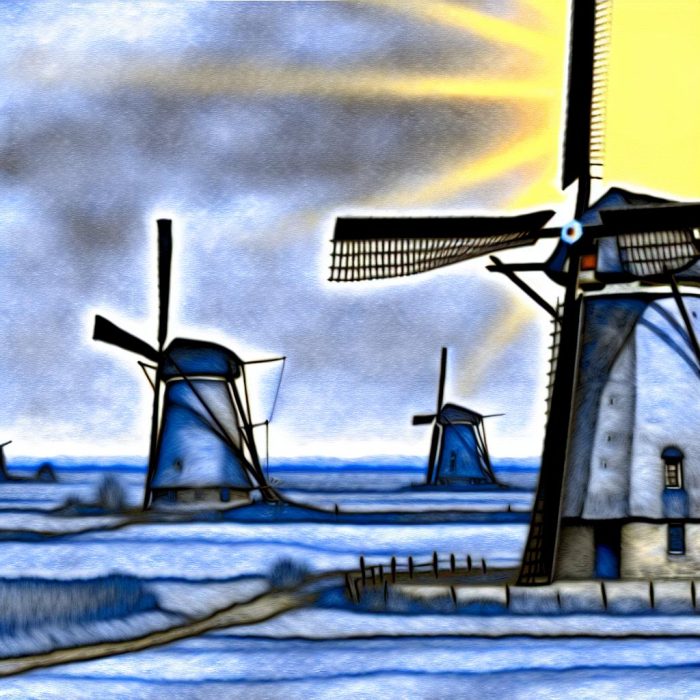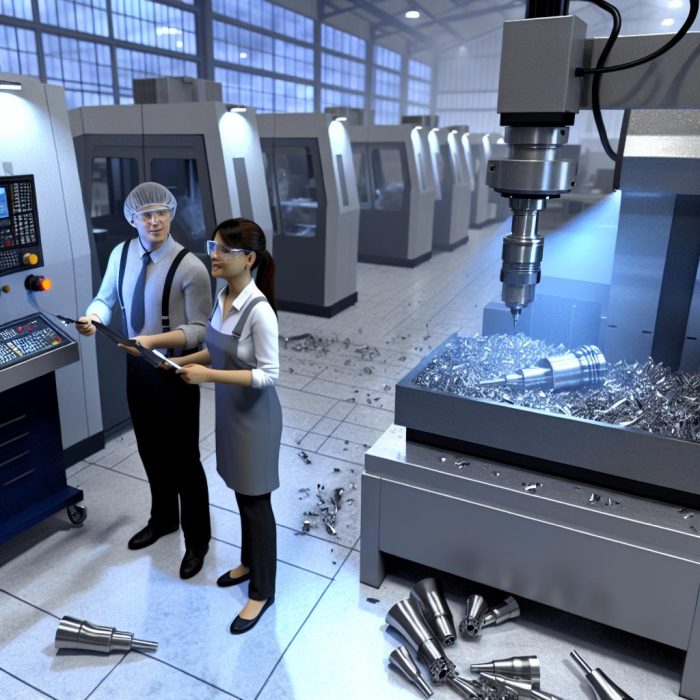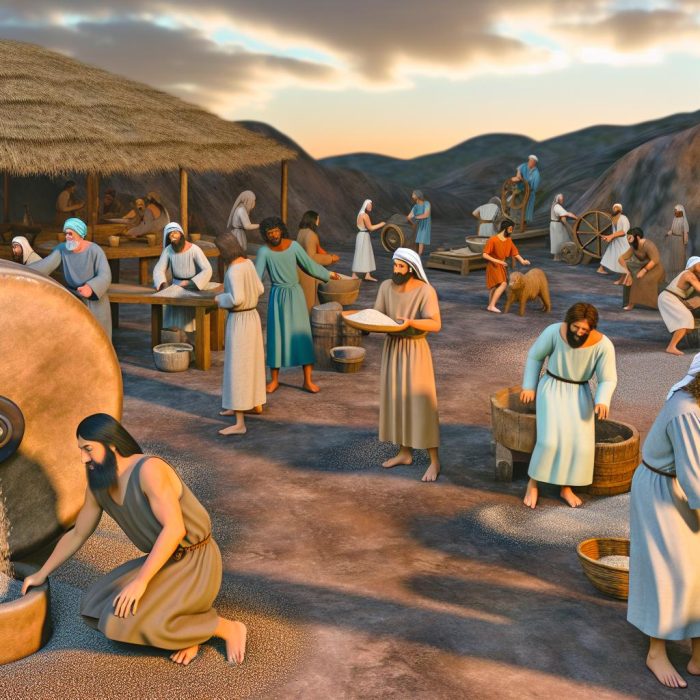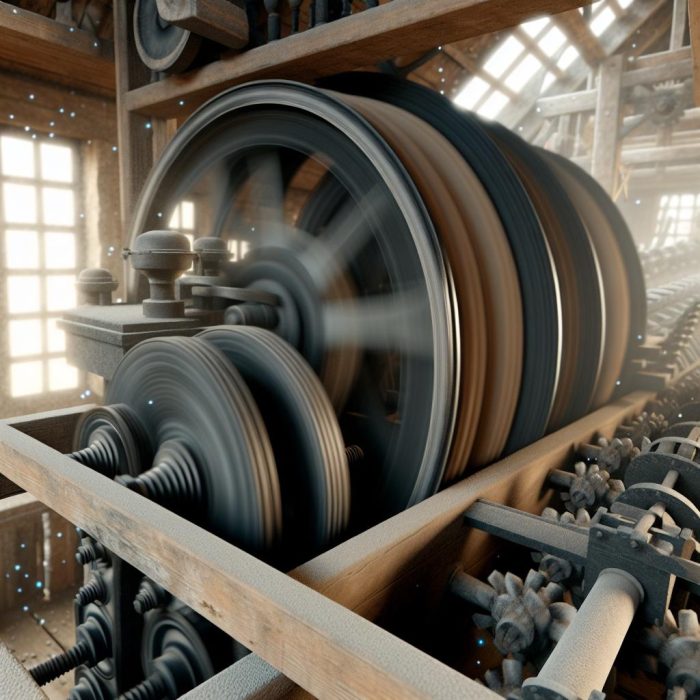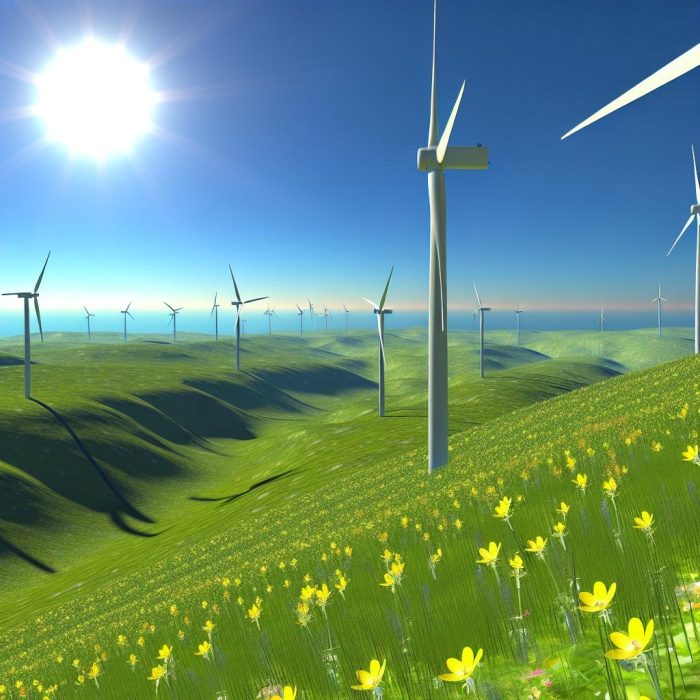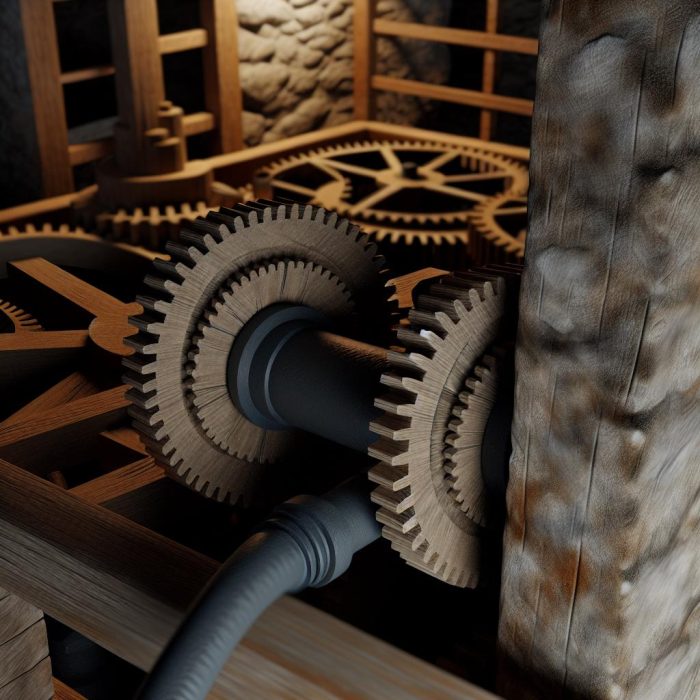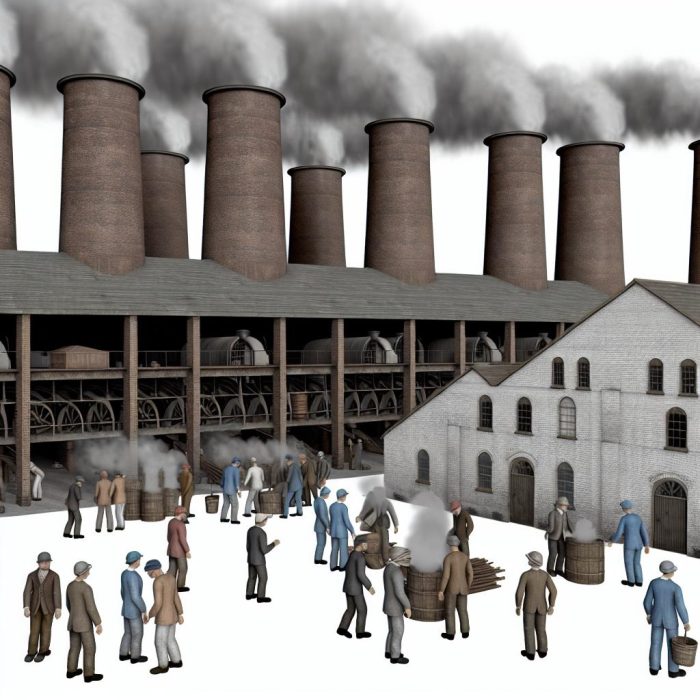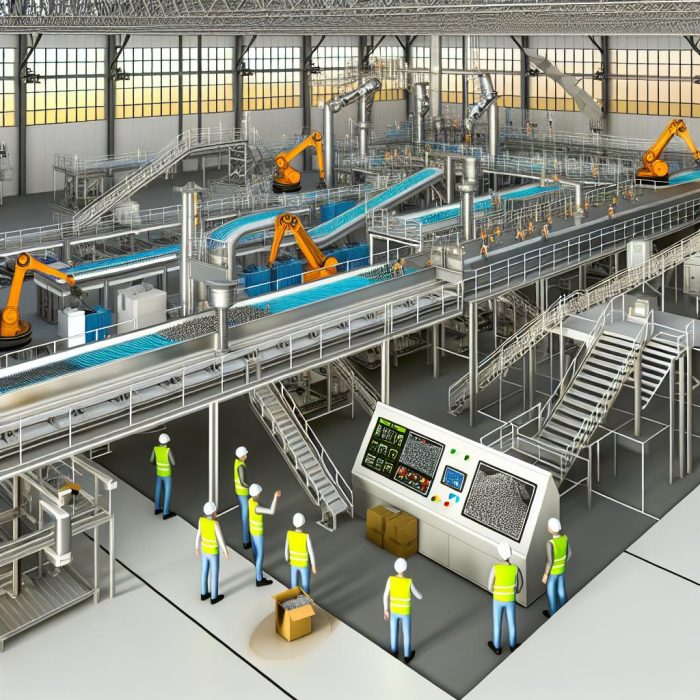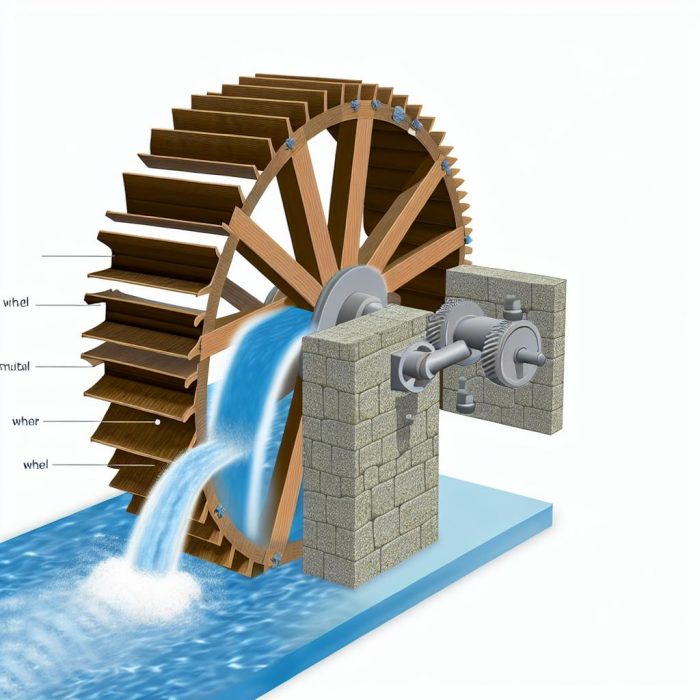The Symbolic Role of Windmills in Dutch Art
Dutch art, renowned for its meticulous landscapes and skillful depiction of everyday activities, frequently highlights the windmill—a symbol with considerable cultural and historical significance in the Netherlands. This essay delves into the intricate relationship between windmills and Dutch art, exploring their historical context, symbolic interpretation, and evolving representation across different artistic movements.
The Historical Context of Windmills in the Netherlands
Windmills have an enduring presence in the Dutch landscape, primarily due to their critical role in land reclamation and water management. Given that about one-quarter of the Netherlands is below sea level, managing water levels is crucial for both habitation and agriculture. This necessity led to the widespread construction of windmills from the late Middle Ages through the early modern period. Windmills harnessed wind power to pump water, enabling the Dutch to reclaim land from the sea and convert marshlands into productive fields. This technological ingenuity reflects the Dutch mastery over water—a recurring theme in their cultural narrative.
The engineering of these windmills was both innovative and essential for economic development, allowing for the expansion of farmland and the establishment of settlements. These structures thus became ingrained in the collective consciousness, woven into the fabric of daily life and captured repeatedly in the art of the period.
Windmills as Artistic Motifs
Artists incorporated windmills into their works to convey various themes while showcasing technological advancements. During the Dutch Golden Age in the 17th century, eminent painters like Jacob van Ruisdael and Meindert Hobbema prominently featured windmills in their landscapes. Their paintings provided expansive views of the Dutch countryside, celebrating the synergy between human creativity and the natural world. These artworks often depicted vast, lush landscapes that simultaneously emphasized the tranquility and industriousness of rural life.
By embedding windmills into their compositions, these artists could engage viewers in a broader narrative about the Dutch relationship with their environment. The inclusion of windmills not only illustrated technological progress but also exemplified the aesthetic ideals of balance and harmony valued in Dutch society.
Symbolism and Interpretation
Beyond their practical use, windmills in Dutch art bear rich symbolic meaning. They epitomize the Dutch ethos of industry and perseverance, often depicted against dynamic skies to symbolize resilience and adaptability amidst nature’s forces. This symbolism resonates with the broader cultural emphasis on maintaining harmony and equilibrium.
Jacob van Ruisdael’s works, for instance, frequently portray turbulent skies juxtaposed with serene lands, with windmills acting as placid anchors amidst chaos. This interpretation suggests windmills as stabilizing forces, underscoring their role in providing continuity and balance. In this context, windmills transcend their utilitarian function, embodying the resilience and ingenuity that characterize the Dutch approach to overcoming environmental challenges.
Evolution Over Time
The depiction of windmills in art has transformed alongside evolving artistic movements. During the 19th century, the Dutch Romantic period brought forth a nostalgia-infused perspective that highlighted the picturesque and emotive aspects of the landscape. Artists like Johan Barthold Jongkind focused on capturing the rural allure of the Netherlands, and windmills became central focal points in crafting idyllic scenes.
With the technological advancements of the 20th century—particularly the advent of electricity that supplanted traditional wind power—the representation of windmills shifted. They increasingly symbolized cultural heritage rather than contemporary necessity, reflecting on an era that was gradually fading. In Impressionist and avant-garde art, windmills were celebrated for their architectural beauty and historical import rather than current utility.
Through these artistic transitions, windmills remained emblematic of national identity. They stood as ethereal markers of the past, inviting both memory and imagination, while artists explored new styles and forms of expression.
Conclusion
In the realm of Dutch art, windmills transcend their role as mere background elements. They stand as potent symbols of the Netherlands’ historical and cultural identity. Through diverse artistic interpretations—whether grounded in empirical detail or rendered with romantic nostalgia—windmills have inspired generations of artists in storytelling and social commentary.
Their presence in art continues to captivate and intrigue, bridging the landscapes of the past with contemporary interpretations. As dynamic symbols, windmills in Dutch art draw connections between the intrinsic bond between the Dutch and their environment, embodying a legacy of resilience, innovation, and cultural harmony.
For an in-depth examination, one might explore collections of windmill-themed Dutch artworks at various institutions. The Rijksmuseum offers a rich repository of these masterpieces, providing insights into their cultural significance and enduring appeal.
